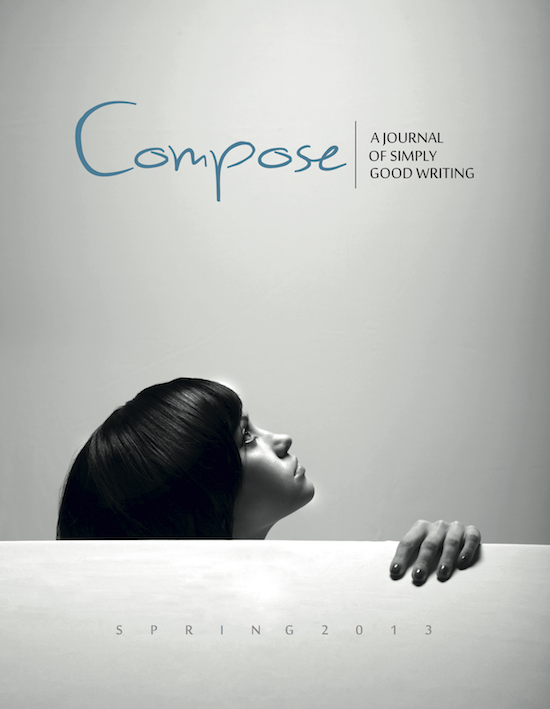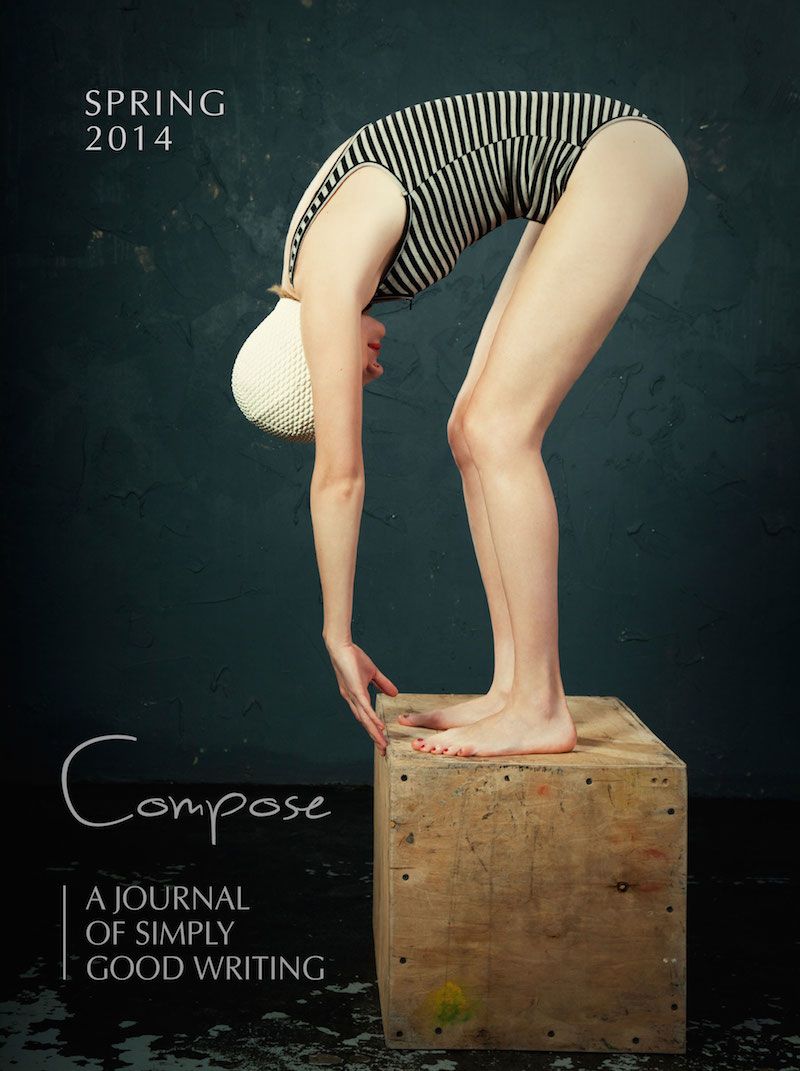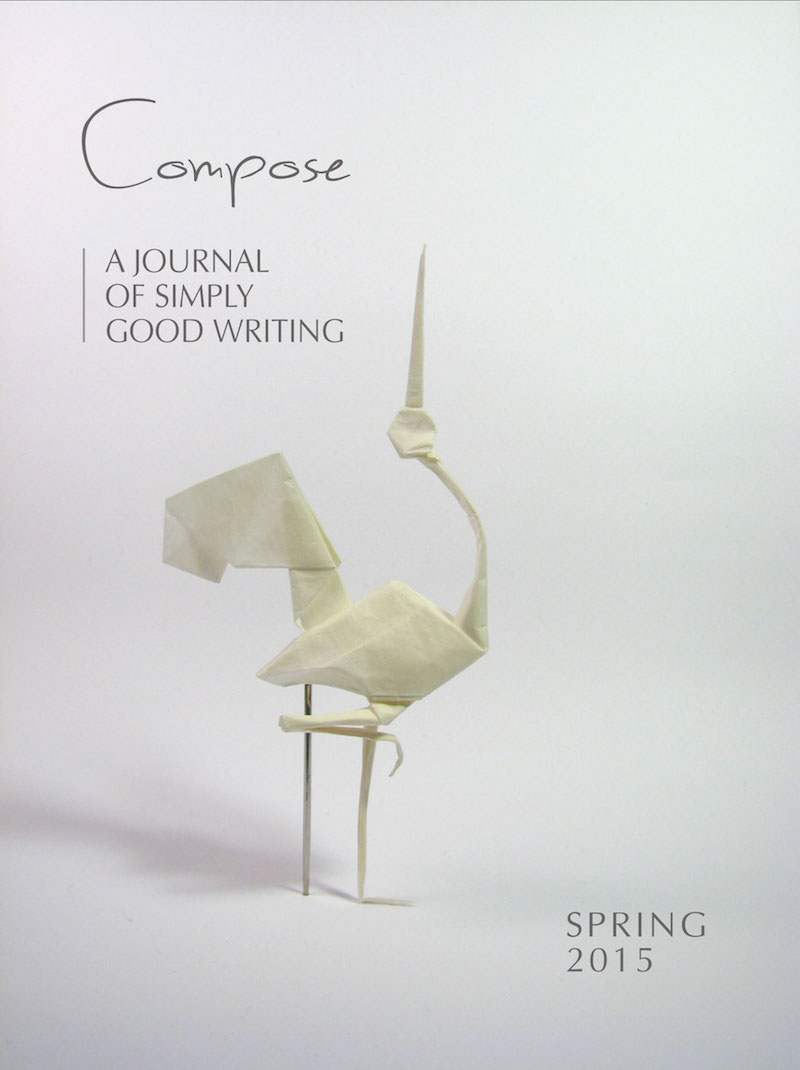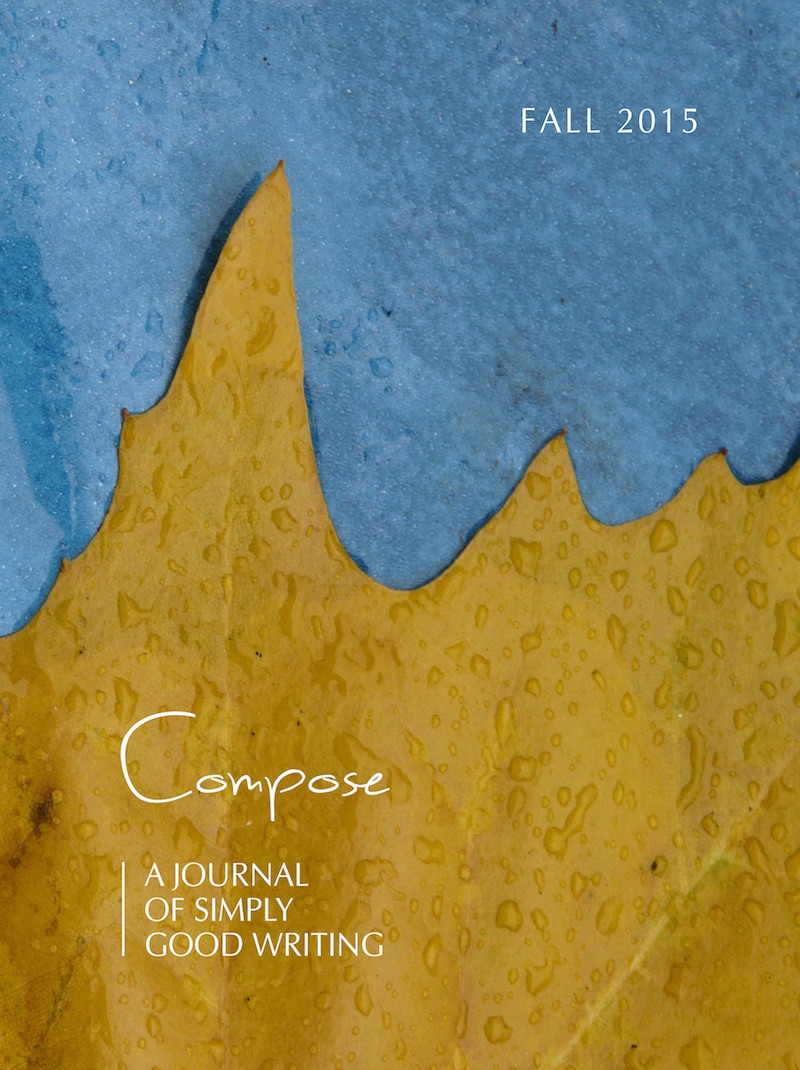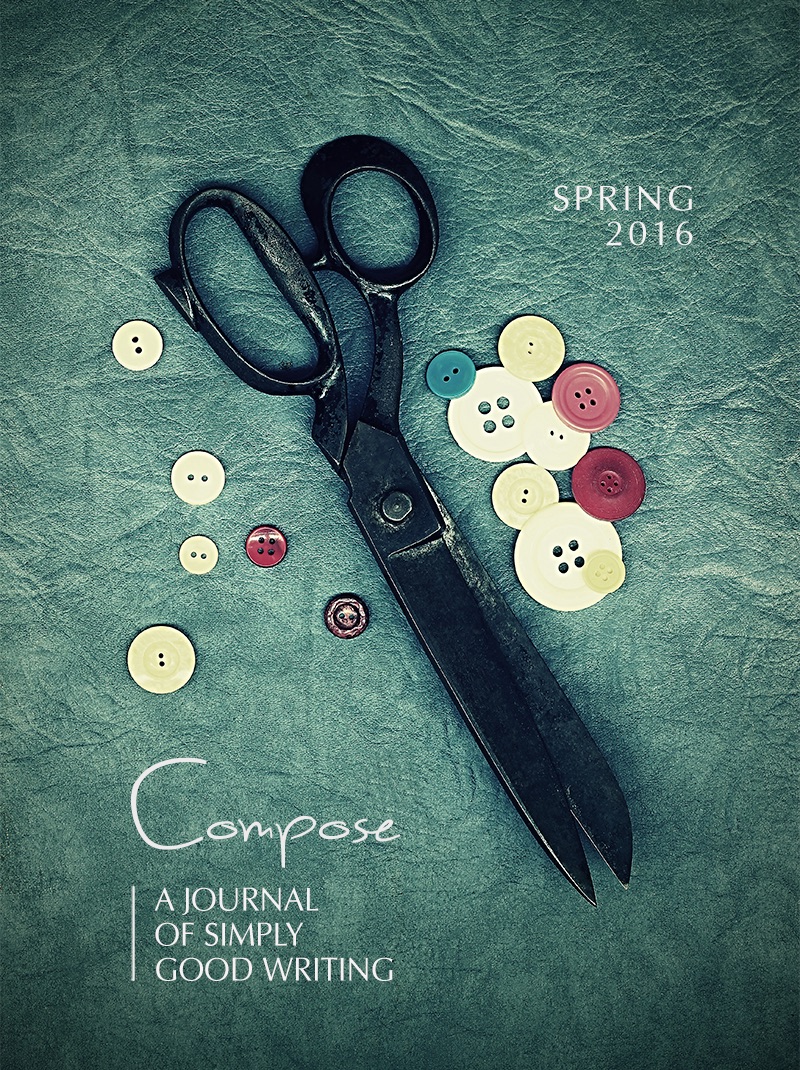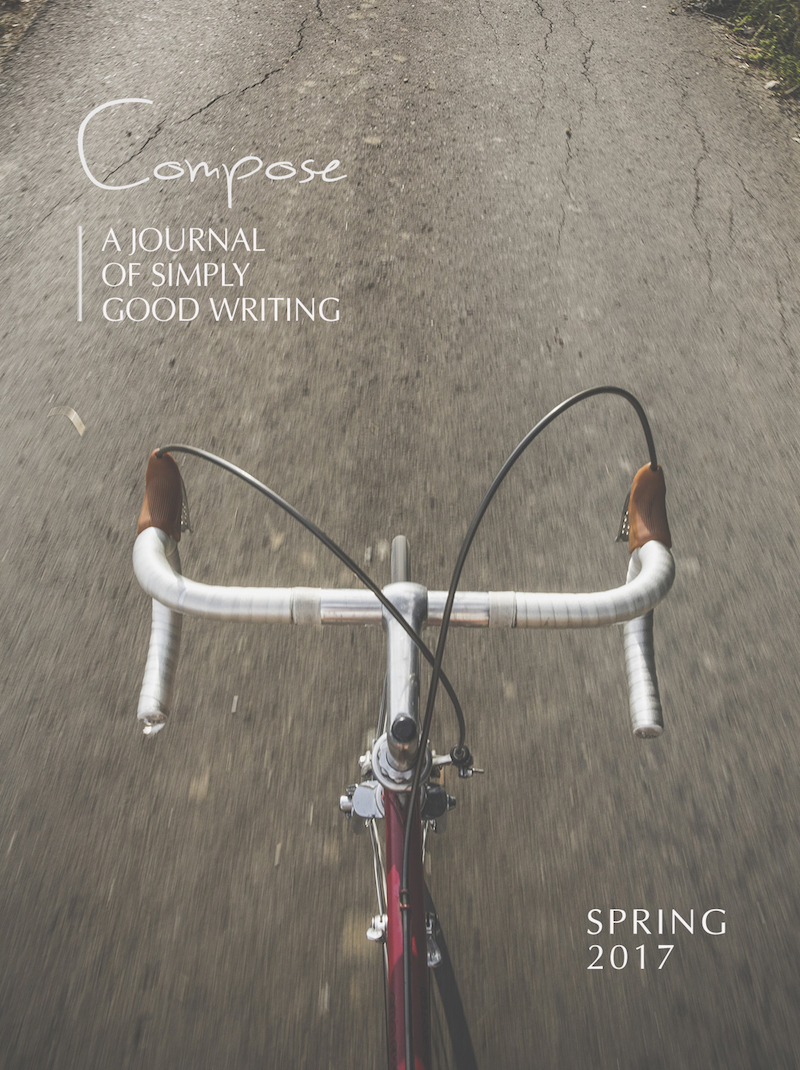Appropriation
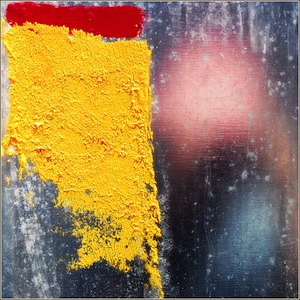
“I’m going to slash the image.” The artist makes a sweeping movement with her hand across The Bathers. “In red,” she says. “So it looks as though the whole scene’s torn in two by bloody lightning.”
A couple of onlookers murmur appreciatively.
The artist, whose name is May, is in her fourth week at the colony and has placed invitations in the mail slots of selected fellow residents, inviting them to come to her studio, drink wine, and eat cheese.
“I’m going to slash the image.” The artist makes a sweeping movement with her hand across The Bathers.
So that’s what everyone is doing. The studio is tucked away on one of the footpaths running through the property, and looks like a Hansel and Gretel cottage nestled among the pines. Even though it’s summer, the evenings can grow cold. May lit a fire in the old stone fireplace and smoked everybody out momentarily. Having dampened the flames, the group now wanders from piece to piece, examining her work.
Sarah is part of this crowd, even though she is a writer and even though she doesn’t have a book out yet and even though she doesn’t know anybody. She doesn’t even know why she was invited, but she’s curious to see what May, who apparently has a certain reputation in New York, has been working on, and is peeking between people’s shoulders to get a look at the picture in front of which the artist is speaking.
“I’ll splash a little paint around for fun,” May says. “But the real work will take place here.” She leads them to a rectangular table crowded with technology. Cezanne’s painting appears on the computer screen. The artist grabs a small wand and waves it over the monitor. A jagged splash seems to rip The Bathers in half.
Somebody says, “That’s really something.”
May shows them more, shifting from image to image: male genitals etched over Botticelli’s Venus, the Gioconda’s neck enclosed in barbed wire, thin spikes piercing her flesh, a black X stretched across Van Gogh’s Sunflowers.
Sarah squints at the screen. “So, what will you do with this?”
“What do you mean, what will I do with it?”
“Is this . . . the finished product?” She knows that May isn’t pleased to be asked dumb questions by a no-name writer. Sarah doesn’t mean to be annoying, but she can’t help herself; she wants to understand what she’s seeing. She also wants the artist to like her, which is odd, since Sarah doesn’t particularly like her.
“They’re wonderful, May,” a young man jumps in.
“What would you say you’re going for here?” Sarah asks, assessing the X across the famed orange and yellow flowers. “What are you after?”
“Well, it’s appropriation, Sarah,” May says slowly.
“Oh,” Sarah says.
“I’m taking these images, which have lost their validity, and deconstructing them.”
Sarah looks again at the sunflowers, mad with movement and color. “Do you ever just paint?”
The artist shakes her head. “The concept of original construction is passé.”
“It’s a postmodern world, babe,” says the young man.
May nods. “As an artist today, I can’t paint.”
“I see,” Sarah says.
“Everything’s exhausted,” May says. “Individual expression is an illusion we cling to when we can’t face the truth.”
“The truth?”
“That we’re living in a Coca-Cola world of computerized emotions and corporate identity.”
“Uh-huh,” Sarah says.
“Don’t you think?”
Sarah shrugs. “I don’t know enough about contemporary art to say.”
“This isn’t about art. This is about where we are.”
“Oh, I know,” Sarah says, but she doesn’t know any such thing.
“You can’t really write a story anymore,” May says. “Can you?”
“Maybe not,” Sarah shrugs.
“What are you working on now, Sarah?” the young man asks her. For some reason, he has pink barrettes in his hair.
“A piece about a dog who’s losing his memory. He can’t remember where he left his bone, so he keeps digging and digging. It has a sad ending.”
“I’ll bet,” he says. “Do you want something to drink?”
*
Sarah sits on one of the metal folding chairs, sipping blank-tasting white wine from a plastic cup and trying to keep her mouth shut. She’s on her third glass and still not sure what the hell she was talking about. What was that thing about the forgetful dog? It wasn’t even funny. She watches the artist explaining her art. May is a striking woman in her late forties: tall, thin, with rivers of blond and silver running through her long hair. She’s barefoot, despite the cold, in silk trousers, a black T-shirt pulling at her breasts as she struggles with her laptop. After May asks someone to hit the lights, Sarah nestles into the shadows as the artist shows earlier pieces, starting with a photograph of Sylvia Plath’s face, over which she has printed Joyce Kilmer’s poem “Trees.”
May’s husband, a cleft-chinned Englishman, has been drinking scotch since early in the evening, and with each new image, his face recedes a little farther into darkness. He is also a resident, also a visual artist, a sculptor slash photographer, who constructs things, using glass, wire and wood, and takes pictures of them, which are then the actual art objects.
“The derangement of the ‘image,’” May says, “serves to cancel out . . .”
The hum of his deep voice runs underneath hers. A couple of people turn to glance at the artist’s husband, who is curled up on a couch with an anorexic-looking Korean-American. She is at the colony to work up some new choreography. Her last piece was entitled “Three Rapes and a Mugging.”
Sarah holds her plastic glass in front of her face. She watches the left hand of the artist’s husband creep up to caress the bird-like thigh of the dancer, who looks up at him and smiles. They are sleeping together. She’s surprised. But she’s always surprised. Sarah is always the last to know, which disappoints her, since she believes that a writer ought to be more perceptive about human relations. When could they possibly do it? They’re all in such close quarters at the colony. Again, she reprimands herself for the limitations of her imagination. After all, there could be the afternoon-of-a-faun gropes, the midnight runs, the au natural aubades.
Having flicked the lights back on, May flops gracelessly into one of the folding chairs and shrugs off compliments. Clearly, she is waiting for her guests to file out into the pastoral night and leave her in peace. For a moment, Sarah sees how May will look as an old woman.
When Sarah approaches her, the artist averts her eyes. May can’t stand her, that much is clear. She understands nothing, she’s an idiot, she doesn’t even know anybody. Sarah realizes that she hates what the artist does, that she’d like to torch the Hansel and Gretel studio and rid the world of her work forever. She also decides–perversely, it seems to her–that she likes May.
“Thank you,” Sarah says. “I enjoyed it.”
“You’re welcome,” May says, turning away.
Sarah places a tentative hand on her shoulder. “Interesting. The whole idea of . . .”
“Appropriation,” the artist says. One side of her mouth twists upward into a smile, but she puts her hand in Sarah’s and lets her shake it.


